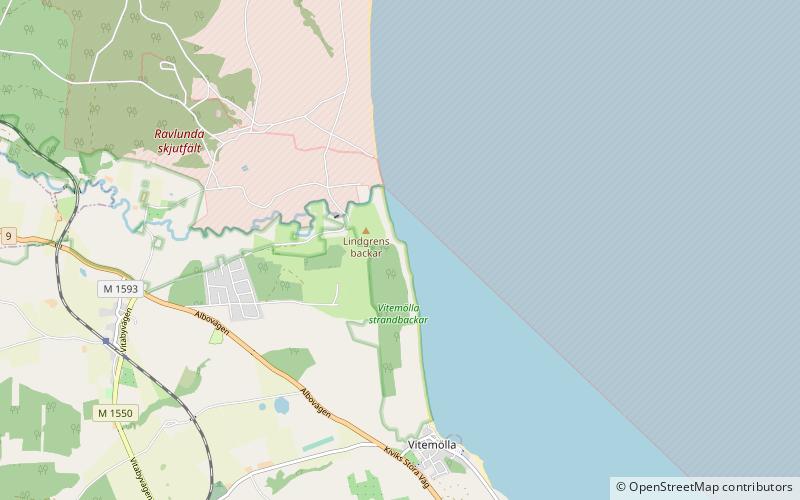Haväng


Facts and practical information
Haväng is a well-known excursion destination on the east coast of Skåne. Because of its location at the southern part of Hanöbukten, just north of Stenshuvud and close to Brösarps hills, Haväng is a popular destination for Österlen tourists. Haväng is located in the nature reserve Haväng and Vitemölla beach hills. A nature reserve characterised by an almost heath-like landscape with unusual sandstone vegetation and rich flora and fauna.
At Haväng is Havängsdösen and a few kilometres south of Haväng are Vitemölla and Kivik. From the shore at the mouth of Verkeån and over two kilometres out to sea, there are well-preserved remains of a pine forest from the Old Stone Age on the seabed. The remains include stumps and fallen trunks, the oldest of which have been dated by the C14 method to an age of 10 900 years. In the same area there are thick layers of mud deposited in the ancient flooded valley of the Verkeån during the Palaeolithic period. Archaeologists have found hazel fishing sites in the mud layers that are over 9,000 years old, making them the oldest known in the world. In addition to the fixed fishing gear, ejecta deposits from settlements have also been found. The oldest archaeological finds are around 10 600 years old.
Out by the sea, at the mouth of Verkeån, there was a harbour that was used until the 17th century. At low tide, the rows of piles and stones that served as breakwaters are visible. Here lies the Havängsdösen, a burial chamber from the Neolithic period, built around 5,500 years ago. For a long time, it was hidden under the sand, but in 1843 a storm blew away the sand that had hidden the tomb for so long.
Skåne
Haväng – popular in the area (distance from the attraction)
Nearby attractions include: Kungagraven, Stenshuvud National Park, Sankt Olof.



